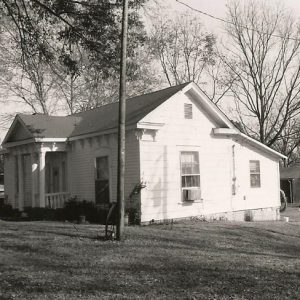 Sears House
Sears House
Time Period: Louisiana Purchase through Early Statehood (1803 - 1860)
 Sears House
Sears House
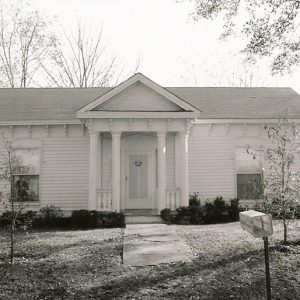 Sears House
Sears House
 William Sebastian
William Sebastian
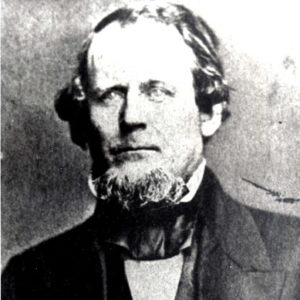 William Sebastian
William Sebastian
Sebastian, William King
Second Seminole War
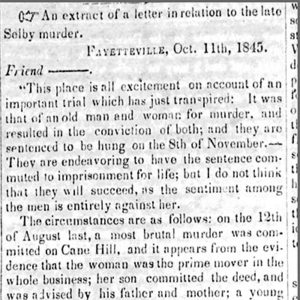 Selby Murders Letter
Selby Murders Letter
Selden, Joseph
Sequoyah
aka: George Guess
aka: George Gist
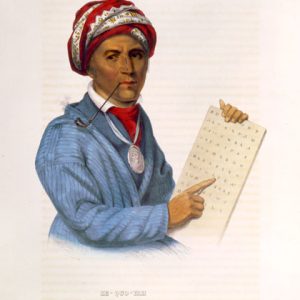 Sequoyah
Sequoyah
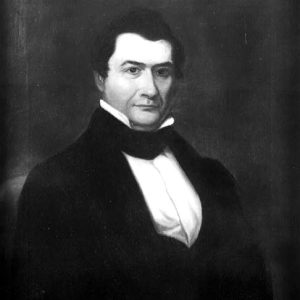 Ambrose Sevier
Ambrose Sevier
Sevier, Ambrose Hundley
Sharp, Ephraim
Shawnee
Shoppach House
aka: Sadie Praytor Home
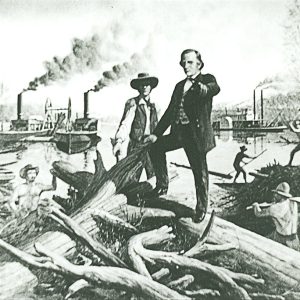 Henry Shreve
Henry Shreve
Shreve, Henry Miller
Shryock, Gideon
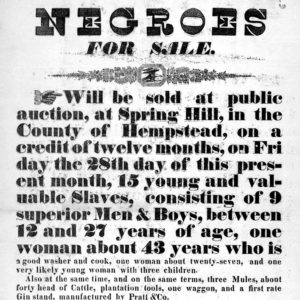 Slave Auction Notice
Slave Auction Notice
Slave Codes
Slave Literacy
Slave Resistance
Slavery
Smith, Willis S.
Snag Boats
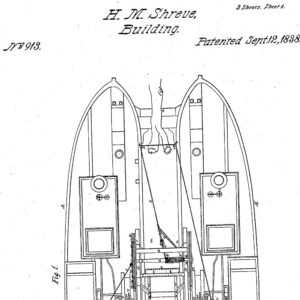 Snag Boat Patent
Snag Boat Patent
 Solar Eclipse of 1834
Solar Eclipse of 1834
Solar Eclipse of 1834
Soulesbury Institute
aka: Soulesbury College
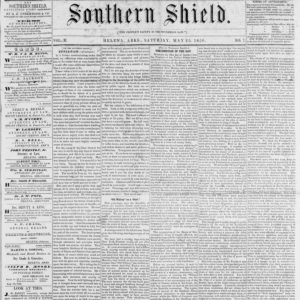 Southern Shield
Southern Shield
Southwest Trail
 Southwest Trail
Southwest Trail
Springfield to Fayetteville Road
St. Andrew’s College
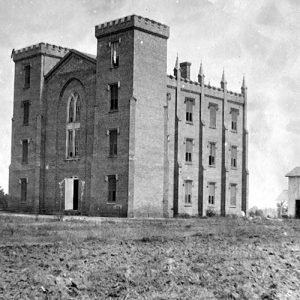 St. Johns' College
St. Johns' College
St. Joseph [Steamboat]
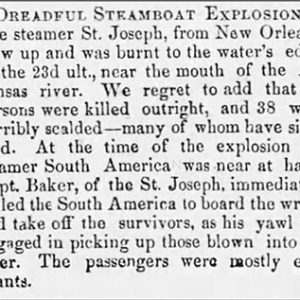 St. Joseph Steamboat Article
St. Joseph Steamboat Article
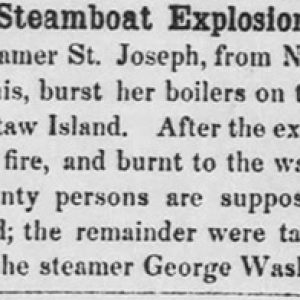 St. Joseph Steamboat Article
St. Joseph Steamboat Article
St. Nicholas [Steamboat]
State v. Buzzard
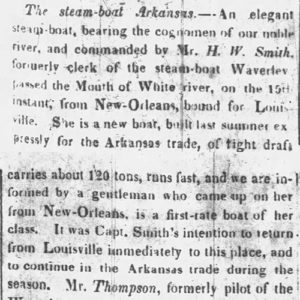 Steamboat Arkansas Article
Steamboat Arkansas Article
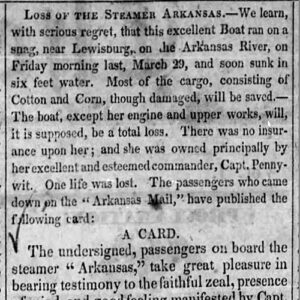 Steamboat Arkansas Article
Steamboat Arkansas Article
 Maria Stevenson
Maria Stevenson
Stevenson, William
Stout, William C.
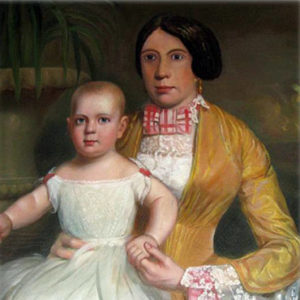 Mary Stout
Mary Stout
 William Stout Grave
William Stout Grave
 William C. Stout
William C. Stout
 Strickland Execution Story
Strickland Execution Story




